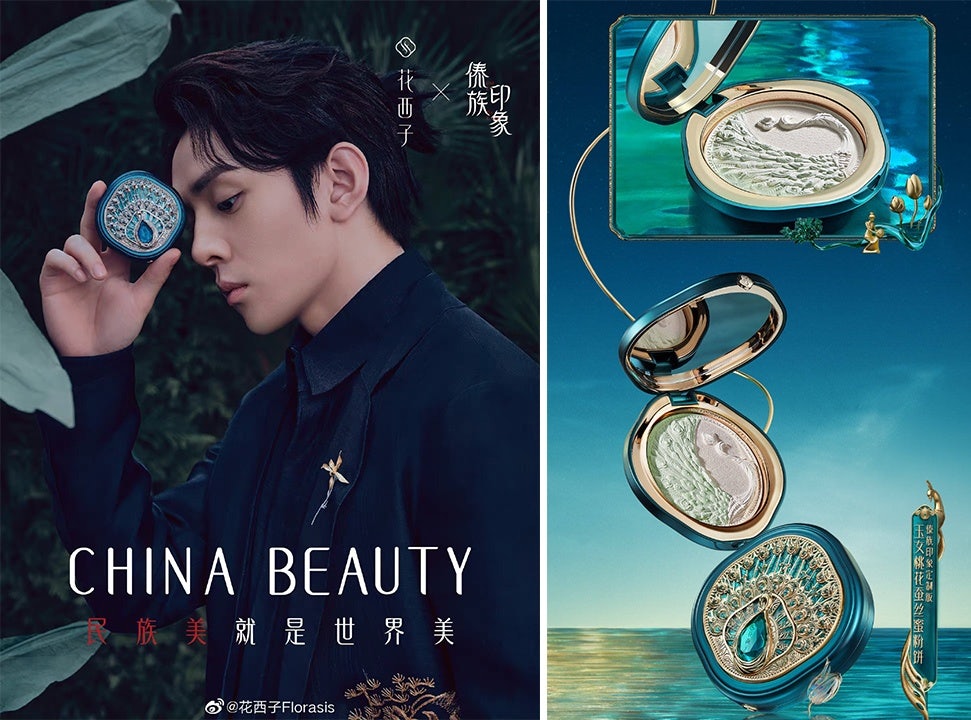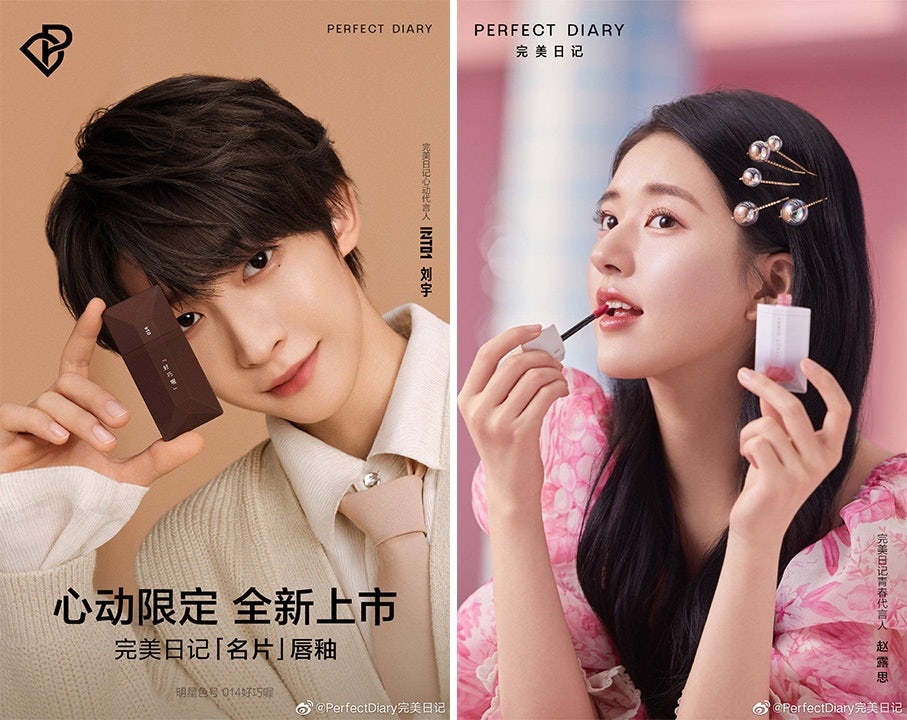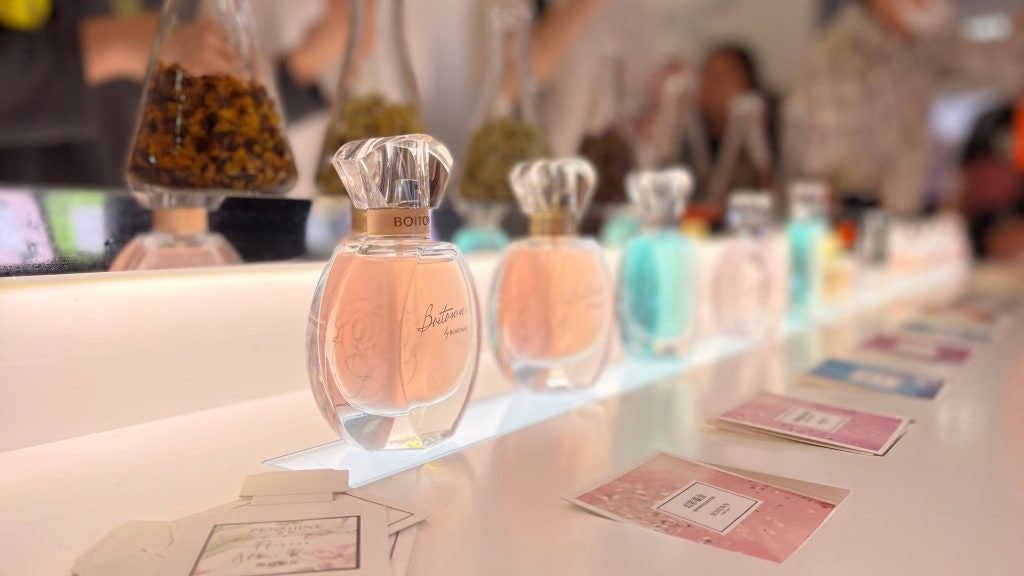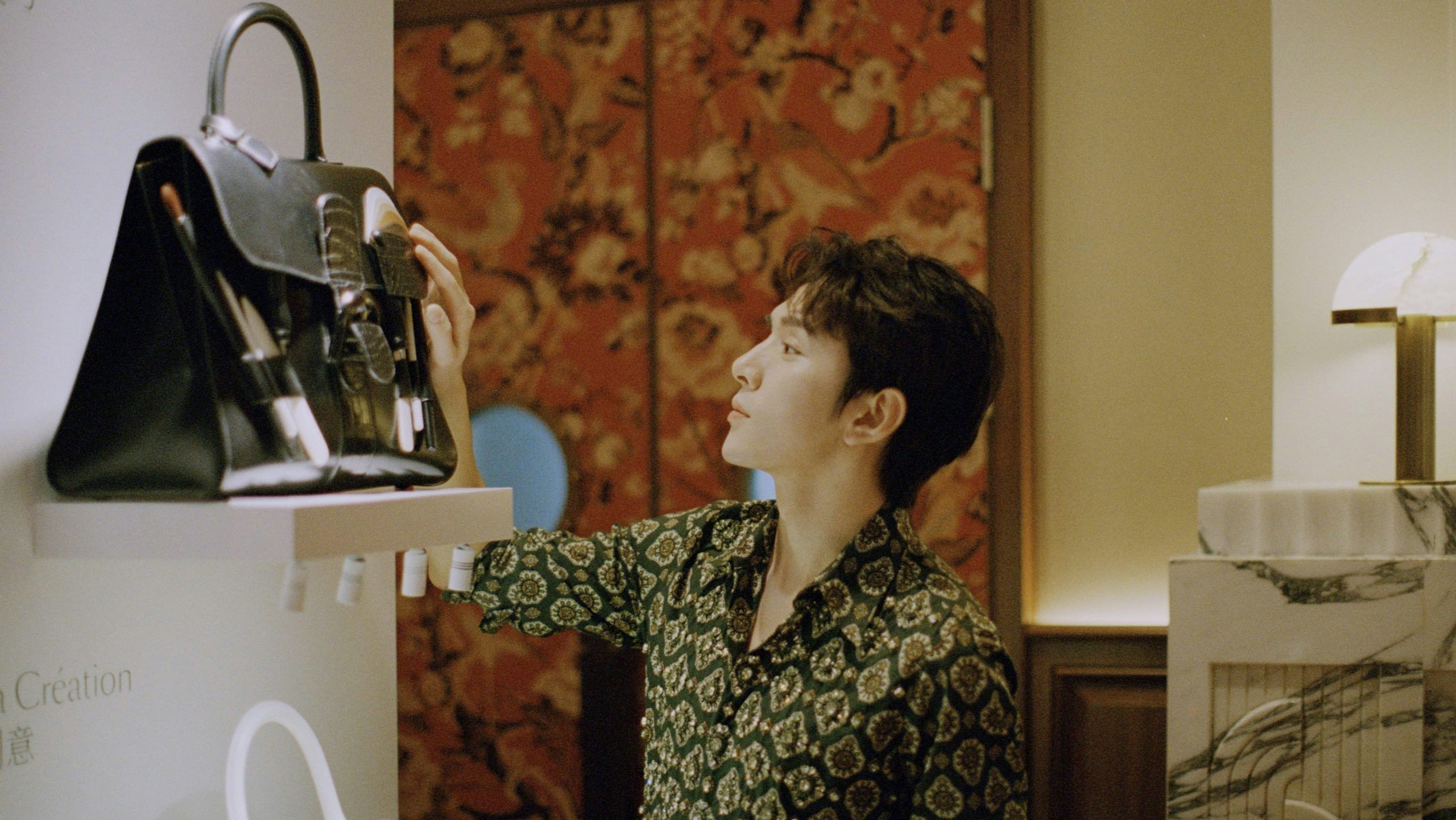Key Takeaways:#
- C-beauty brands are failing to address R&D and licensing. For instance, Yatsen Group only has 38 license patents, while Procter & Gamble files 3,800 licenses yearly.
- Local beauty brand marketing expenses often exceed 65 percent of their revenues, far beyond the market average of 30-40 percent.
- After ranking third on the Tmall “Double 11” best-selling brands list in 2020, Florasis lost ground this year, falling out of the top ten entirely.
C-beauty brands transformed China’s retail landscape over recent years with their nimble product offerings, sensitivity to local consumer demands, and prowess in social marketing. However, despite this spectacular growth, they have lost their luster due to oversights in long-term development, an over-reliance on KOLs, and poor product quality.
Florasis, known for its oriental-style packaging, leveraged China’s livestream craze by collaborating with celebrity anchor Austin Li’s broadcast room. Meanwhile, powerhouse Perfect Diary disrupted the industry with lipsticks and eyeshadow palettes that quickly won over Gen-Z consumers. The rewards were big for both, and these two companies saw sales reach nine figures within three years of being launched.

And although their skyrocketing spending on advertising, KOLs, and livestreams rapidly created social buzz and drew in new consumers, they did not create user stickiness. Moreover, domestic names spend an overwhelming amount of their earnings on marketing expenses. For instance, Perfect Diary’s marketing expenses exceed 65 percent of its revenues — far above the market average of 30-40 percent.
For proof of this failure, one can see that, recently, C-beauty brands have slid down the rankings at China's major shopping festivals. Florasis lost ground this year, and only two domestics entered the top-ten list — Perfect Diary and Colorkey — ranking 8th and 10th, respectively. Considering all this data, Jing Daily wonders: How can C-makeup labels boost user loyalty in China, and what can luxury learn from their pain points?
Nourish consumers' emotional bonds via KOL campaigns#
Companies cannot exist in China without influencers, and C-beauty, in particular, has had great success with local KOLs. For example, top anchor Austin Li helped little-known Florasis become the winner of Double 11 in 2019, reaching 35 million GMV (Li’s broadcast room contributed 64 percent of this transaction volume).
However, KOL seeding or brands using influencers to promote products on social media is a double-edged sword. As a label’s exposure grows, it comes under the spotlight of more consumers, which is a plus. But some local names that have heavily invested in influencer marketing rather than consolidate their brand image and product efficacy have seen their shortcomings blown up on social platforms.
Hwee Chung, head of the China beauty market at Kantar Worldpanel, explained: “Through data analysis from ByteDance, we found out that most international brands work on the branding side, while Chinese ones focus more on the performance side.” That means Western labels use influencers to create an aura of desirability around the brand to attract consumers. But domestic names use low pricing and KOL promotions to induce followers to purchase singular products.
Therefore, sales aside, C-beauty should consider the values they want to deliver when choosing a KOL and whether those align with what shoppers want. According to the analysts, for any brand to survive, they must nourish consumers’ emotional bonds to create label and product loyalty rather than KOL loyalty.
On this point, Dao Nguyen, founder of the strategic marketing agency Essenzia, pointed to the Yatsen Group brand Dr. Yu, which “netizens boycotted on Weibo after it switched from Austin Li’s live broadcast room to Viya’s.” This lack of brand loyalty is especially common in the beauty industry.
“A lot of times, beauty is not just a physical but an emotional category that people associate with the brands they feel closer to,” stated Chung. Given that, C-makeup should reinforce strategies about promoting their mission and vision. And in some cases, they should even give back to the local community to enhance positive consumer feelings and widen brand appeal beyond "the face."
Doubling down on R&D investment#
Unlike storied international companies, Chinese cosmetic brands have yet to develop their own formulas and widely lack laboratory experience at their young ages. Global companies like Estée Lauder, La Mer, and L’Oréal have earned greater loyalty from consumers, thanks to their centuries-old legacies. L’Oréal owns over 20 R&D centers and invests 3.5 percent of its annual sales in laboratory research (1-percent more than the industry average). Meanwhile, Procter & Gamble employs 1,000 scientific researchers with PhDs and applies for around 3,800 formula patents each year.
Chinese companies are failing to match these investments. According to China’s National Enterprise Credit Public Information System, Perfect Diary’s parent company, Yatsen Holding, currently has 38 license patents, all of which are appearance-related patents and unrelated to either R&D or unique ingredients. Moreover, the amount Yatsen invests in product development is far below what it spends on advertising. The make-up giant's R&D expenditure in 2020 was 10 million, which accounted for 0.93 percent of revenue. In 2018 and 2019, the numbers were even less — 468,000 and 3.5 million, respectively.

A lack of patented formulas means local names run the risk of being easily substituted for cheaper options. And with this low investment in R&D, C-beauty's entry barriers are low. In the first half of 2021, a total of 2 million beauty companies registered themselves in China. As we have seen in the case of domestic skincare brand Winona, which specializes in Asian-sensitive skins, domestic labels with strong R&D capabilities can form their own barriers to competition as the market saturates and be less worried by newcomers and discount battles (Winona ranked 2nd among Tmall's best-selling skincare brands during the Double 11 festival.)
Does C-beauty need an upgrade?
#
The affordable beauty sector is no longer a land of opportunities, and given that, C-cosmetics should consider authentically upgrading. “Some products are often considered cheap substitutes (“平替”) of a premium label on social media, especially international ones,” said Chung, who identified the local fragrance brand Boitown as an example. “The label markets itself as ‘smelling like Chanel at one-tenth of the French house’s price’ to attract consumers.”

A transformation could be risky, and some consumers may not embrace price increases, but there is strong potential in the market. Chinese consumer purchases of high-end skincare products have increased by 25 percent over the past year. And shoppers expect high-quality products for a high price point, which means outstanding benefits that require extensive laboratory research.
But those shoppers will also need physical stores. While it may be less important for entry price beauty to be present offline, a “presence in prestigious venues is part of a luxury brand’s equity,” said Chung. Overall premiumization needs to be sustained by a full upgrade of the production cycle, including consistent branding campaigns, a boost in R&D efforts, and the creation of offline touchpoints for consumers to experience the brand.
The Chinese market is a growth engine for many industries. But for any brand to secure sustainable development in the country, whether it is a domestic or international label, ensuring consumer loyalty must be a top priority.


